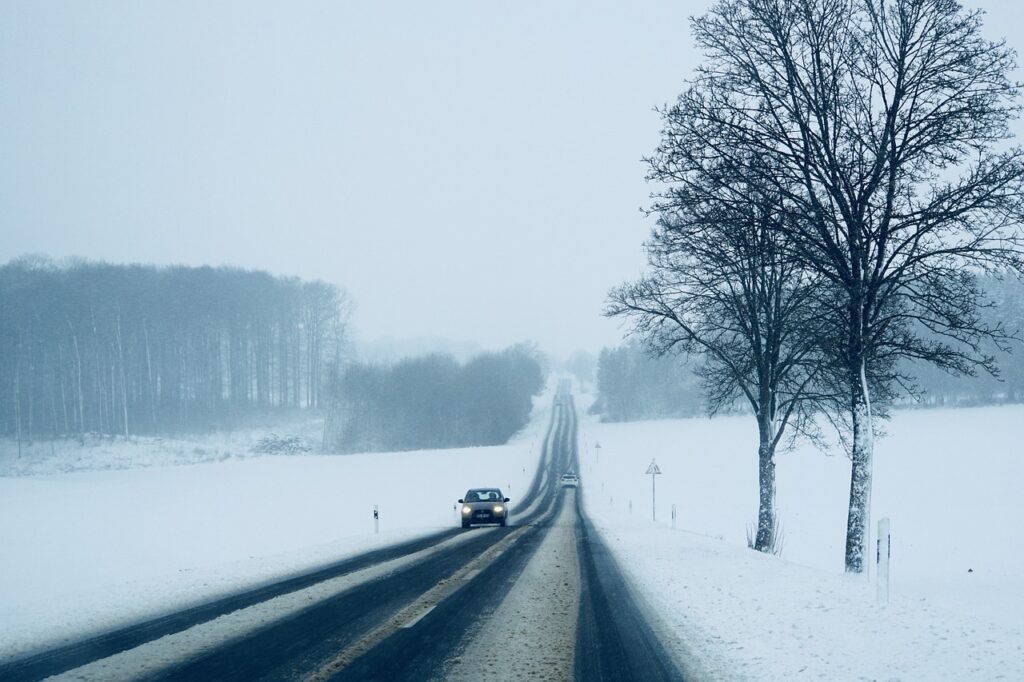As someone who thrives on the thrills of overlanding, I’ve come to expect the unexpected. You’re probably aware that a hike in extreme weather isn’t your average walk in the park. We’ve all been caught off guard by a sudden thunderstorm or been scorched by an anticipated sunny day. The discomfort brought on by a turn in the weather isn’t just inconvenient; it’s a fundamental reality that can profoundly affect our outdoor excursions.
Recognizing and Reacting to Extreme Heat and Heavy Rainfall
It’s essential to appreciate the real threats of dehydration, sunburn, and, more seriously, heatstroke. Vigilance against these risks starts well before stepping out the door, it begins with thorough preparation and knowledge.
As water sources can dry up, especially in remote areas affected by sustained high temperatures, it’s my strategy to always plan hydration with foresight. I carry additional water supplies and employ water purification methods to ensure that drinkable water is always at hand. It’s not simply about comfort; it’s a survival tactic.
When it comes to heavy rainfall, understanding that hotter temperatures fuel more vigorous evaporation, leading to heavier downpours, prepares me to face potential hazards. Flash flooding, trail washouts, and fast-flowing rivers are formidable challenges.
Nature does communicate, however. Observing red skies or paying close attention to specific cloud formations can offer vital clues to impending weather changes. Even birds’ and ants’ behaviour can be a telltale sign. Overlanders who pick up on these natural signs can take proactive steps to ensure safety.
Proactive Planning and Emergency Preparedness
I cannot emphasize the importance of avoiding high-risk weather conditions for outdoor adventures. It’s not just about inconvenience, it’s about safety. Constant vigilance about the forecast and adapting plans accordingly often mean the difference between a memorable trip and a potentially hazardous situation.
Packing for overlanding is an art and science that becomes even more critical in extreme weather. Give extra thought to life-saving equipment. This includes everything from an emergency blanket or bivy for unexpected cold snaps to wicking clothing that manages moisture in excessive heat.
Before setting out, thoroughly researching the area, terrain, and potential weather risks is a non-negotiable step. Create a detailed itinerary and share it with someone reliable back home. Don’t just rely on electronic devices; carry maps and navigation tools as fail-safes.
Your emergency kit is like a trusty sidekick: it needs to be well-stocked and ever-ready. This means first aid supplies, emergency blankets, a flashlight with extra batteries, a multipurpose tool, a fire starter kit, and a portable water filtration system. Don’t forget to pack extra food and water beyond your estimated needs to cover any unforeseen delays.
Finally, empowering yourself with basic first-aid skills is vital. Whether it’s bandaging a wound or knowing CPR, this knowledge can be life-saving. Consider enrolling in a first aid course before embarking on your trek.
Maintaining Safety and Respect for the Environment During Journeys
Maintaining the integrity of your vehicle is as crucial to your safety as the gear you pack. I make a point to regularly check my vehicle’s fluid levels, tyre pressure, brakes, and the overall mechanical condition. This routine not only ensures a smoother trip but also prepares me to face adverse weather with confidence.
Dehydration or malnutrition can quickly turn an adventure sour, especially in extreme weather. I’ve learned to prioritize carrying ample water and to include water purification methods, knowing that fresh sources may be compromised. Packing food items that provide sustained energy needs is also a top consideration.
As outdoor enthusiasts, our footprint on the environment should be minimal. It’s my practice to strictly follow Leave No Trace principles. This includes removing all of my trash, minimizing campfire impacts, respecting wildlife, and staying within the bounds of designated trails. These actions help preserve the natural beauty and ensure it remains for future generations to enjoy.
In summary, preparing for the unexpected doesn’t just mean packing a few extra items. It means taking a holistic approach to your journey. This includes keeping your vehicle in top condition, safeguarding your health through hydration and nutrition, and acting as a wilderness steward. When we embrace these responsibilities, we’re rewarded with richer experiences and enduring memories.
